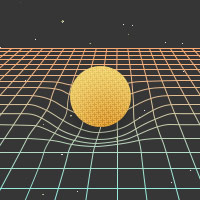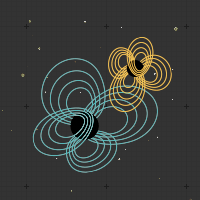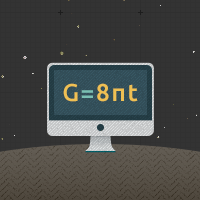Exotic Possibilities
Objects that physicists are just beginning to imagine
Scientists seek to extend our understanding of the laws of physics by speculating about what new phenomena might be found out in the Universe, and then looking to see if they do in fact exist. Gravitational-wave astronomy is one way we might be able to find these new objects, by find. Among the most interesting possibilities are superstrings and exotic stars.
Superstrings are the fundamental objects of string theory, one possible successor of quantum mechanics and general relativity. If they exist, they might act much like the cosmic strings we encountered on the previous page. By listening for the distinctive whip-like crack of superstrings, we might actually be able to observe effects of string theory — a feat that is currently impossible.
Though superstrings could be hard to observe even if they do exist, another class of hypothetical objects that could be easy to observe are exotic stars: quark stars, boson stars, fermion stars, and other possibilities. For example, a quark star might be something like a neutron star. But if our understanding of physics in the extreme environment of a neutron star isn't quite right, it is possible that all the neutrons might basically merge into one giant soup of quarks, which are usually bound together inside the neutron in sets of three. A quark star would be much denser than a neutron star, and would thus have very different properties. The difference between the gravitational waves given off by a quark star and those given off by a neutron star would be very easy to see in a gravitational-wave detector. These objects would be difficult or impossible to measure in more traditional ways. While they might not even exist, the possibility that they might be discovered by gravitational-wave detectors is motivation to build these exquisite machines.
The cracking whip of a cosmic string






